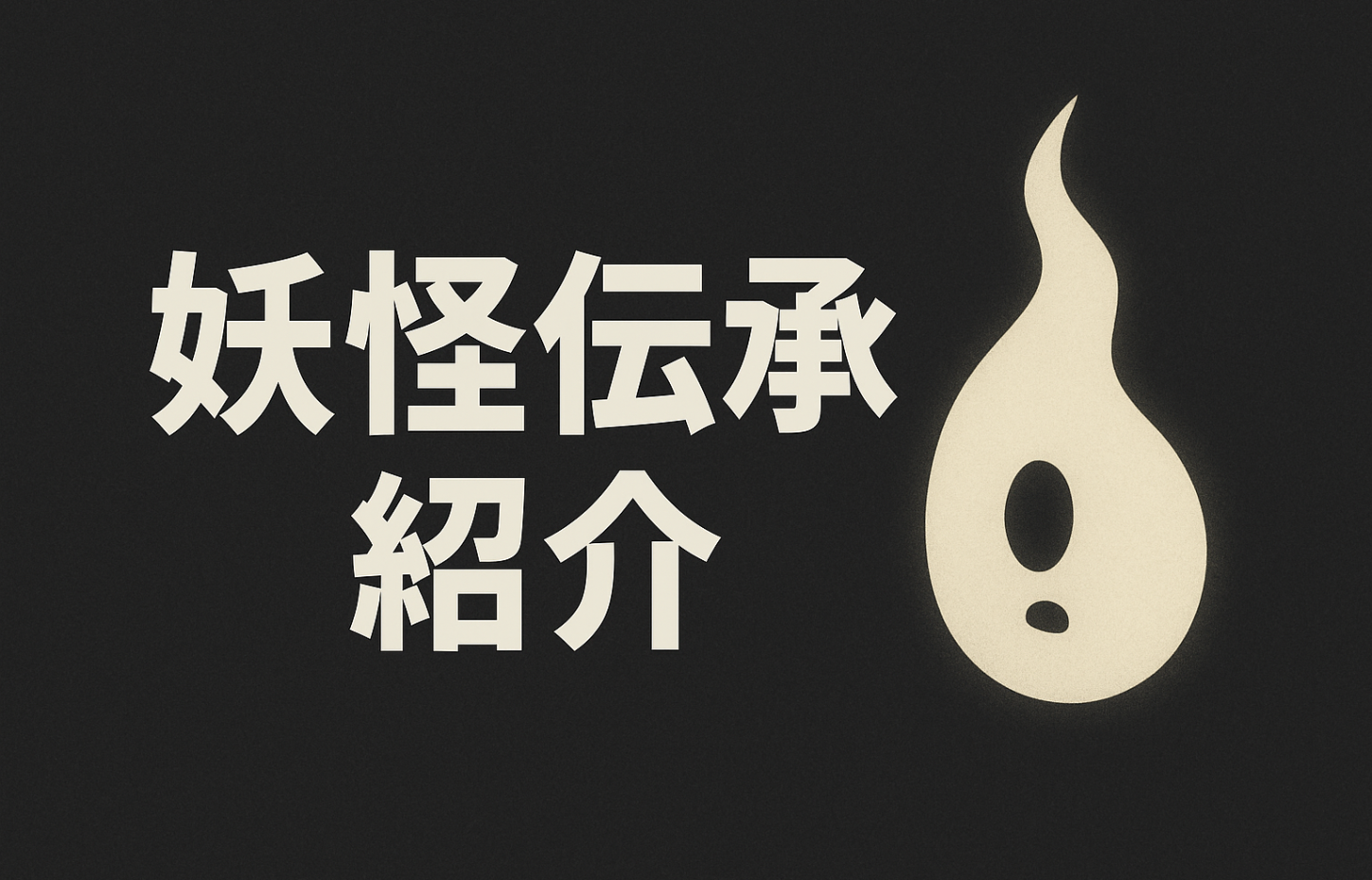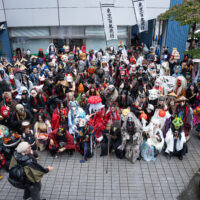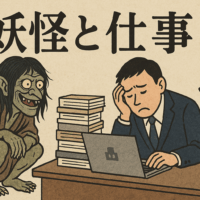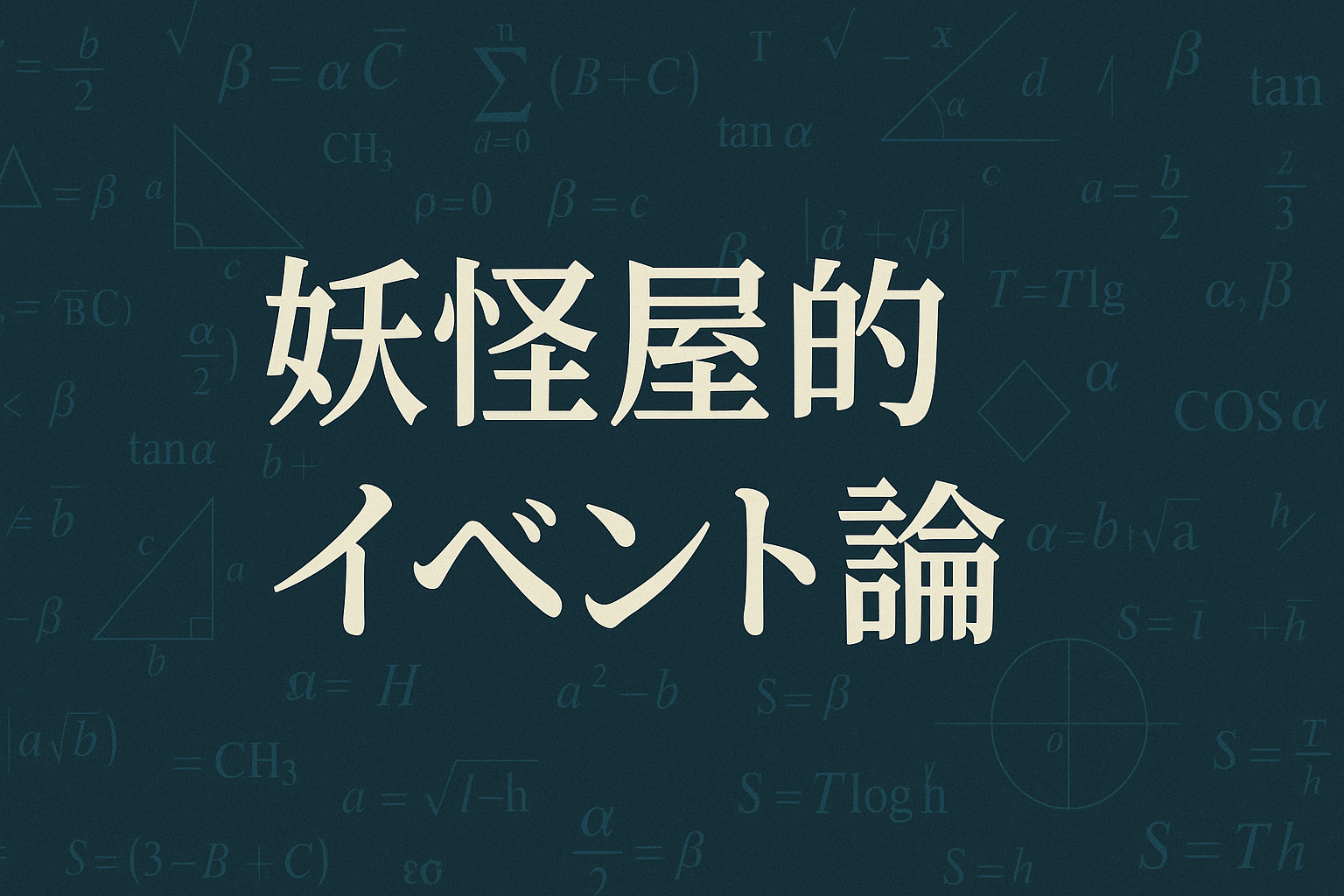
If you meet them, it's the end -- dangerous monsters that take your life and the meaning of "death"

"If you encounter this monster, it will be the end" - such legends are found all over Japan. Ushi-oni, Okuri-Okami, Ittan Momen...just looking at their figure will kill you, they will steal your shadow and turn you charred, or you will suffocate to death. Why do the most terrifying "life-stealing monsters" stir people's imaginations so much?
This time, I would like to consider the cultural and spiritual meanings of yokai, using the descriptions of their deaths as clues given on the social media site "# Yokai Challenge."
Just looking at it will kill you - a monster whose gaze is deadly
The following monsters are justJust lookIt is said that they lose their lives in this condition.
- Isohime: Just turn your face and you die
- Katsura manIf you continue to look up at the moon, your soul will be taken and you will die.
- Seven Misaki: Just by looking at them, you will join their ranks, and eventually the last one will reach nirvana.
Looking is the most natural act in daily life, yet the reversal that this very act can be the catalyst for taking a life highlights the otherness of yokai. By depicting the defenseless act of gazing as a "switch that leads to death," the inevitability and irrationality of death is emphasized.
If you get caught, it's the end -- youkai who will be eaten or taken away
The fear of being eaten may be the most primitive depiction of death in yokai.
- Ushioni: Steals the shadow of its prey and burns them to death with high heat. If near water, drowns them before eating them.
- Wolf on the RoadIf you look back, you'll be eaten
- Beach caressing: Captures prey with the spine of its tail and swallows them whole
- Spider woman: Being eaten or dragged into a waterfall
To be preyed upon is to be placed at the bottom of the biological hierarchy. One could say that the fear that humans feel when exposed to the threats of nature is embodied in the form of yokai.
Breathless - The ghosts of suffocation and hanging
The following yokai will take your life by stopping breathing or causing you to commit suicide.
- Ittan Momen: Wraps around face and suffocates to death
- Passersby (Weather Demon): Taking a life in the middle of a party
- Hanging Raccoon: If you meet him, you'll hang yourself to death.
- Hanging Demon: Similarly, if you encounter them, you will commit suicide.
Here, rather than "death due to an external force," there is a sense of "the urge to die welling up from within." The depiction of suicide mediated by yokai may reflect the anxieties and conflicts of people in an era when the boundary between life and death was unclear.
The imagination of death continues to this day: urban legends and children's memories
Even today, there are stories of monsters that will kill you if you encounter them.
- Doppelganger: An urban legend that says that if you meet him, you will die
- Vermilion tray: Supposedly died after 100 days in bed
- HyouzuA monster from Kyushu folklore that is said to cause high fever and death when encountered.
These are proof that stories of death live on in people's memories and imaginations. Even as times change, the idea that "yokai = bringers of death" remains unchanged.
Yokai, fear, and death: interpreting the story from four perspectives
Religious perspective: "Death" is a device that gives rise to prayer
The idea that yokai bring about death gave rise to the act of worshiping them, making offerings to them, and praying to them. Turning the invisible death into a visible form - that is the religious function of yokai. It can be said that by giving form to the fear, people gained the means to face it.
Political perspective: "Death stories" are a guiding force
Stories like "If you go out at night you will be eaten by a Yamauba" or "If you go near a river you will be kidnapped by a Kappa" played a role indirectly controlling the behavior of children and the general public. It is thought that tales of monsters also played a role as a means of governing through fear.
Philosophical perspective: Death cannot be experienced, but it can be told.
Death is unknown to anyone, a phenomenon that cannot be experienced. This is why people talk about death and try to give it meaning. By giving concrete form to the "causes of death," could it be said that yokai have become beings that allow the human imagination to "speak" of death?
A psychological perspective: Yokai as a form of "narrative therapy" that gives meaning to death
By attributing an absurd or mysterious death to a monster, people can more easily accept the death. Giving a death a "name" in the form of a story may have helped people to come to terms with their sadness or fear in many cases.
Yokai are those who tell the tales of death
These monsters that take lives are not just frightening, but are also symbols that tell us how to face death. In times when death was always close by, people transformed it into "stories with names" and accepted it into their lives.
Yokai are a record of the wisdom and imagination of people who lived with fear.









No comments yet.